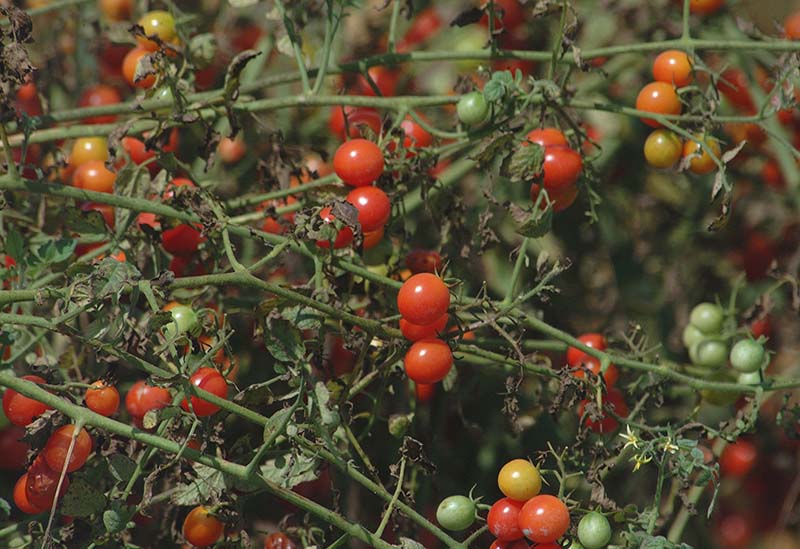 If you’re like me, each year you spend all of the month of February (or January if you’re farther south) dreaming of the tomatoes and peppers you’d like to be growing and wishing you didn’t have to wait for the middle of March (or until February) to plant things. Then, perversely, March arrives and seems to disappear almost immediately, like a drop of water on a hot skillet. You wake up one morning and realize it’s nearly April. The radio meteorologist announces highs in the 90s. And you think with dismay that the best time to plant your garden may have come and gone already.
If you’re like me, each year you spend all of the month of February (or January if you’re farther south) dreaming of the tomatoes and peppers you’d like to be growing and wishing you didn’t have to wait for the middle of March (or until February) to plant things. Then, perversely, March arrives and seems to disappear almost immediately, like a drop of water on a hot skillet. You wake up one morning and realize it’s nearly April. The radio meteorologist announces highs in the 90s. And you think with dismay that the best time to plant your garden may have come and gone already.
March Madness!
This is when, if you’re like me, you’ll rush to the nursery or the farmers’ market to scoop up plants so that you can plop them all into hastily dug holes, water them well, cross your fingers, and hope for a bountiful summer.

It’s my garden and I’ll plant if I want to!
My attitude is this: I spent all winter wishing the danger of frost away so that I could plant my garden. I don’t care how late it is or what sorts of tragic, leggy, Charlie-Brown-Christmas-tree relics are left on nursery shelves, I’m going to get whatever plants I can and plant them in my garden!
But how much is this stubborn determination going to set me back, I’m compelled to wonder? How much will I end up spending on those plants? What about equipment, soil, and soil amendments? Irrigation? Will my plants thrive? What sort of harvest will I reap? Will this garden pay me back?
 I can’t possibly know the answers to those questions, now, because I’ve left it all to chance. And I’ve paid scant attention to expenses and kept no records of previous years. I squandered the winter–the rightful season for quiet reflection–in impatient wishing for spring. But with some thoughtful planning and record keeping over the year, I might know many of the answers by next March and even more answers the year after that. A new publication, Costs and Benefits of Vegetable Gardening, can help.
I can’t possibly know the answers to those questions, now, because I’ve left it all to chance. And I’ve paid scant attention to expenses and kept no records of previous years. I squandered the winter–the rightful season for quiet reflection–in impatient wishing for spring. But with some thoughtful planning and record keeping over the year, I might know many of the answers by next March and even more answers the year after that. A new publication, Costs and Benefits of Vegetable Gardening, can help.
Costs and Benefits of Vegetable Gardening can help you plan wisely for a garden that saves you money. You can use the handy tables in it to chart costs and record your harvest so that you can learn which vegetables cost more to grow than to buy and vice versa. There’s also a link at the end to an Excel workbook and a video that explains how to use it to make the cost calculations a snap.
See also Florida Vegetable Gardening and other vegetable gardening publications in EDIS. New publications on this and a host of other topics of interest come out every week at https://edis.ifas.ufl.edu.
 0
0
